The country & thematic pages produced by the European Commission's Civil Protection and Humanitarian Aid Operations department provide overviews on specific themes or geographical areas.
All pages listed below are updated regularly, with their latest revision date indicated on each page.
Filter by
Country & thematic pages (94)
RSS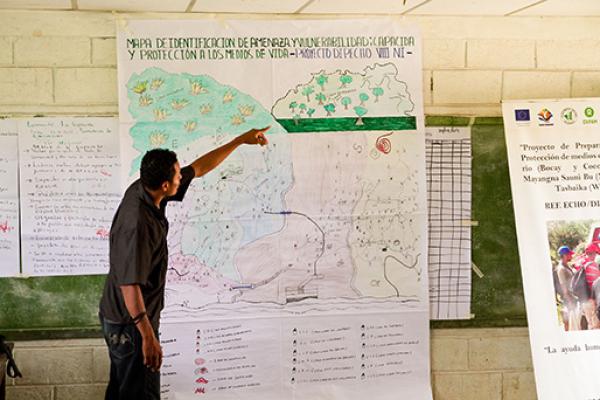
Disaster preparedness consists of a set of measures undertaken in advance by governments, organisations, communities, or individuals to better respond and cope with the immediate aftermath of a disaster.
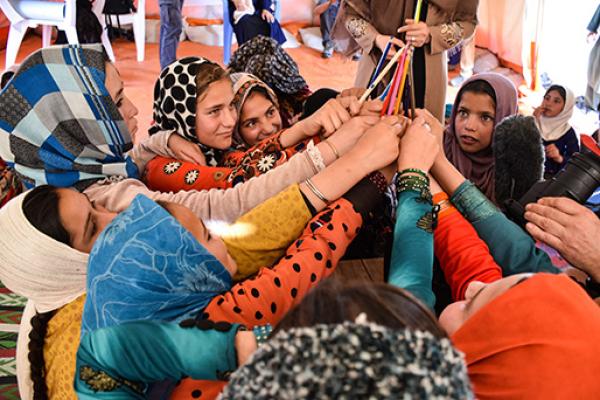
Children’s right to quality education does not stop in times of humanitarian emergencies. With its policy on education in emergencies and protracted crises, the EU aims to minimise the impact of crises on children’s learning.
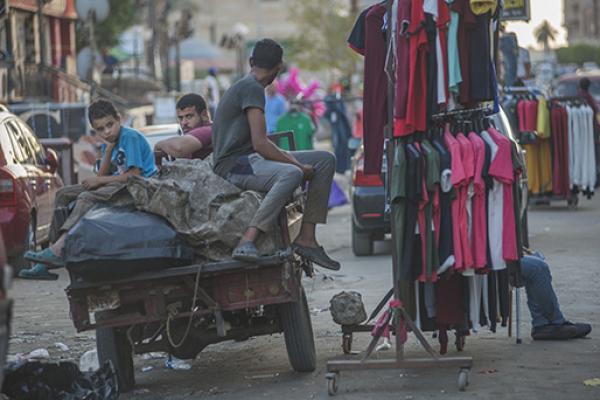
Since April 2023, a significant number of people fleeing the conflict in Sudan have entered Egypt through its southern border while other refugees already in the country continue to face the challenges of prolonged displacement.
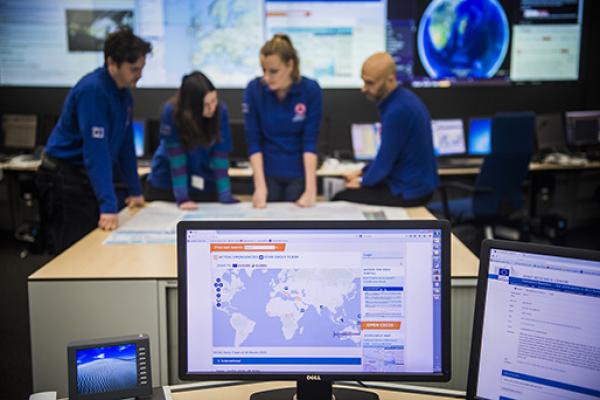
The Emergency Response Coordination Centre (ERCC) is the heart of the EU Civil Protection Mechanism. It coordinates the delivery of assistance to disaster-stricken countries,
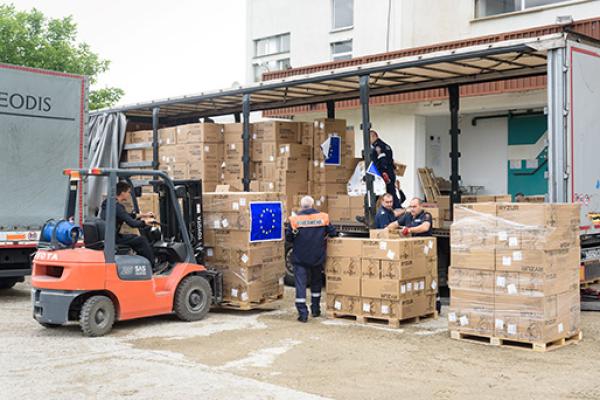
The Emergency Support Instrument (ESI) enables the EU to support its Member States when a crisis reaches unprecedented scale and impact, with wide-ranging consequences on the lives of citizens.
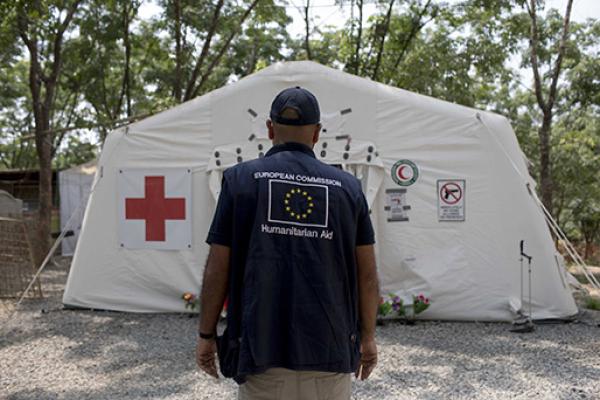
The Emergency Toolbox is one of the instruments the European Commission uses to assist in unforeseen, sudden-onset crises outside the EU.
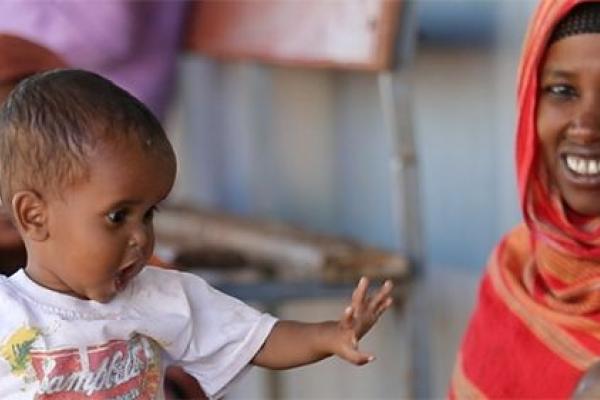
The humanitarian situation in Ethiopia remains dire, with multiple overlapping crises, including conflicts, natural hazards, and epidemic outbreaks.

The Knowledge Network connects civil protection practitioners, policy makers and researchers to share skills and good practices. It makes knowledge and expertise in Civil Protection and Disaster Risk Management grow, improving prevention, preparedness and response.
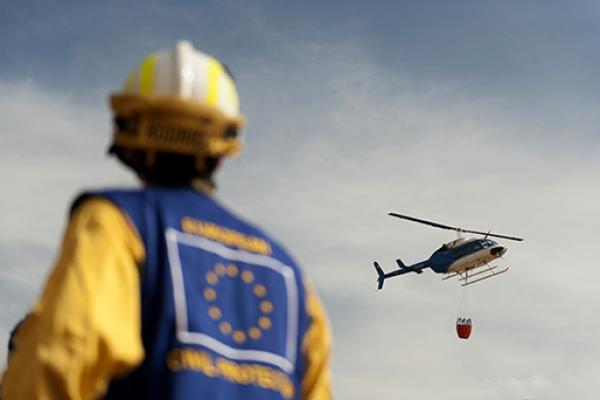
In October 2001, the European Commission established the EU Civil Protection Mechanism. The Mechanism aims to strengthen cooperation between the EU countries and 10 participating states on civil protection to improve prevention, preparedness, and response to disasters.
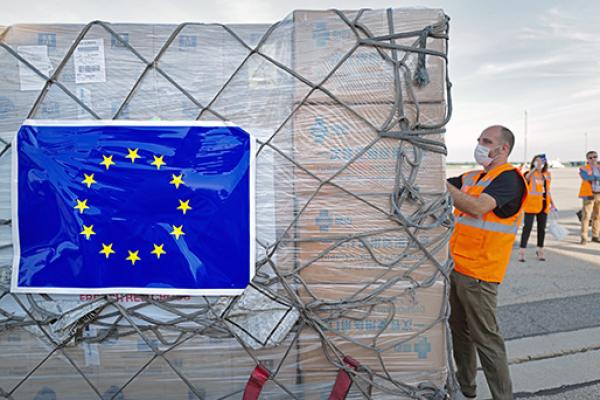
The EU Humanitarian Air Bridge flight operations are intended to help reinforce humanitarian or emergency responses in countries facing fragile contexts to help fill critical gaps by facilitating the delivery of humanitarian aid, emergency assistance, and the transport of humanitarian staff.
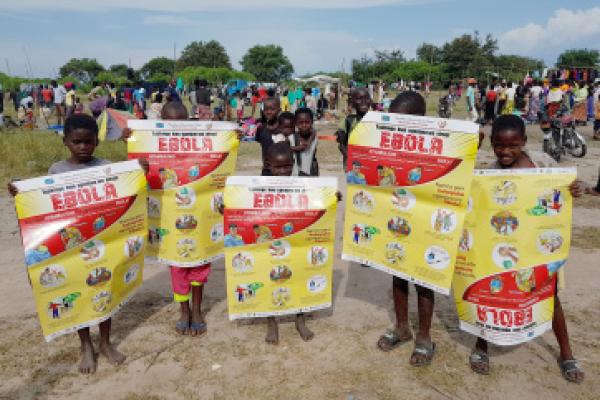
The Ebola virus disease is a severe and often fatal illness in humans. It is caused by a zoonotic virus that passes from animals to humans, spreading then further through human-to-human transmission.
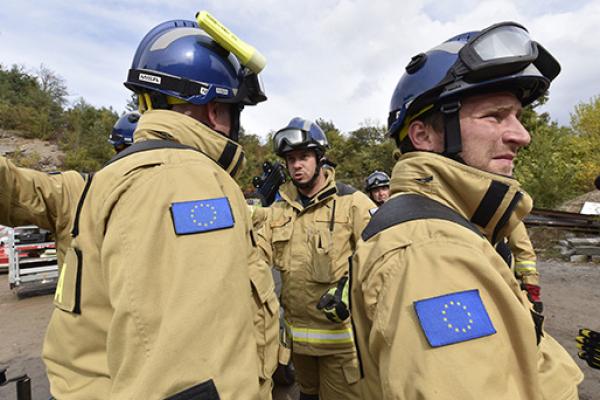
The EU established the European Civil Protection Pool (ECPP) to advance European cooperation in civil protection. Its objective is to enable a faster, better-coordinated, and more effective European response to both human-induced disasters and natural hazards.
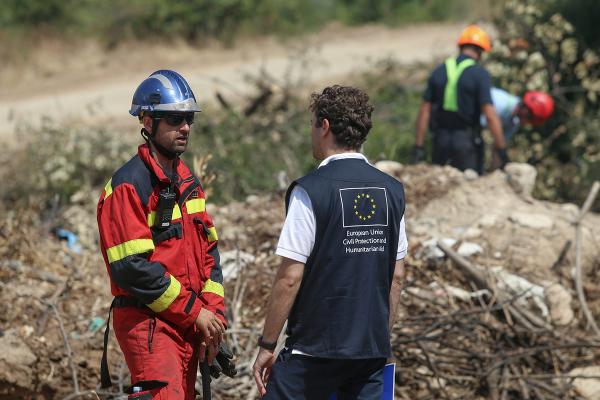
To cope with the changing disaster risk landscape, the European Commission adopted a Recommendation and a Communication that establish common goals to boost disaster resilience in civil protection.
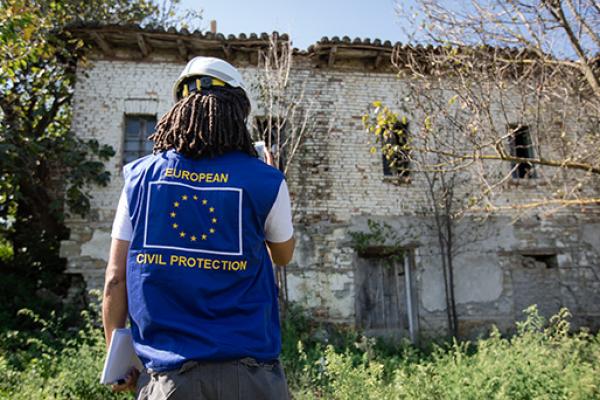
The European Union is a safe place to live, but even here, natural hazards and human-induced disasters threaten people, property, environment and cultural heritage. Disaster risk management policies aim to tackle these risks through preventive, preparedness, response and recovery actions.
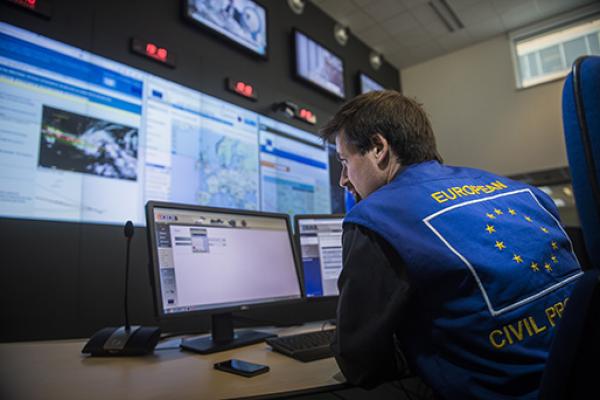
The EU’s early warning and information systems help the Emergency Response Coordination Centre (ERCC) monitor the global situation. These include hazards such as earthquakes, tsunamis, wildfires and tropical cyclones.
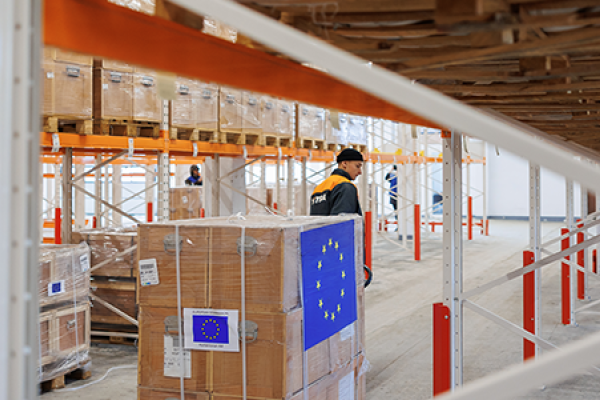
The European Humanitarian Response Capacity (EHRC) is a set of operational tools designed to fill gaps in the humanitarian response to sudden-onset natural hazards and human-induced disasters.
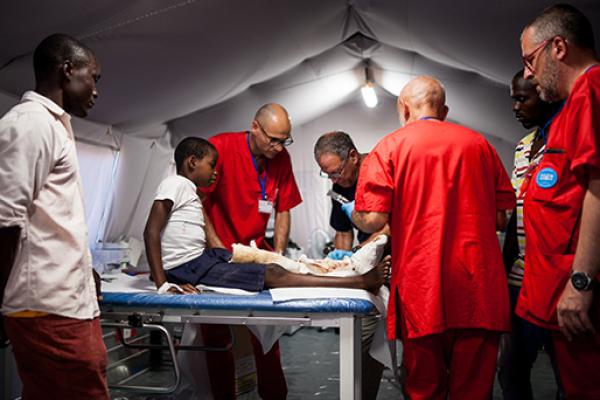
The European Medical Corps enables quick medical assistance and public health expertise from all EU Member States and Participating States to a health emergency inside and outside the EU.

The EU provides food assistance in anticipation of, during, and in the aftermath of a humanitarian crisis. It aims to save lives and livelihoods by averting widespread hunger.
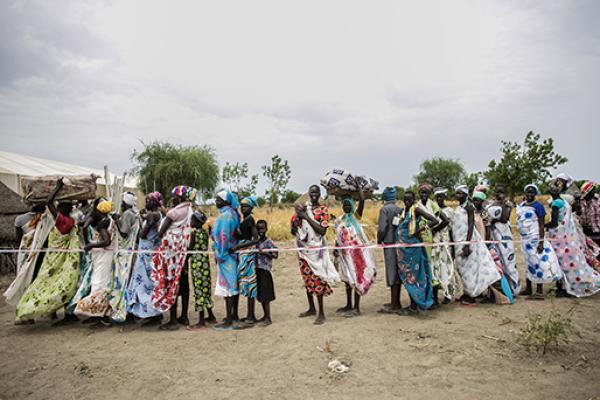
Every year, millions of people are forced to leave their homes due to conflict, violence, human rights violations, persecution, disasters and the impacts of climate change.
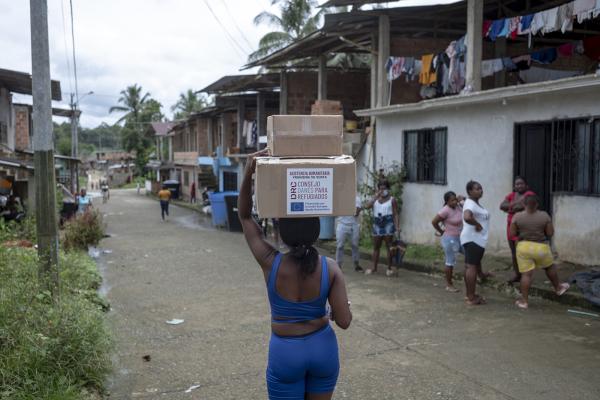
There are millions of people worldwide suffering in the shadows. Many of them rely on international aid for their very survival. However, they have been forgotten by international media and donors, leading to a lack of funding and efforts to resolve their situation.
